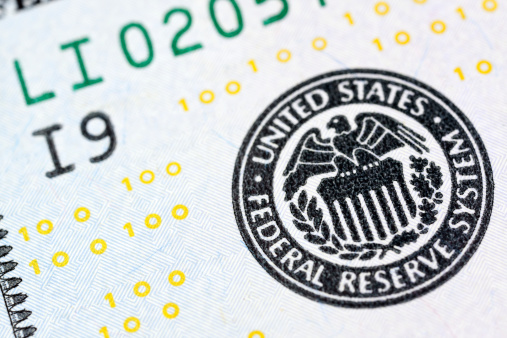Markets
Fed chair Powell yesterday walked the path his colleagues had paved for him. In his widely anticipated speech at the Economic Club of New York, Powell said the recent rise in especially long‐term bond yields caused a tightening of general financial conditions which could lessen the need for a (final) rate hike. He argued for proceeding carefully given the uncertainties and risks, adding that some of the earlier delivered rate increases hasn’t showed up in the economy just yet. His comments, the last high‐profiles ones before the blackout period kicks in tomorrow, cement expectations for keeping interest rates steady at the November 1 meeting. Powell retained optionality by saying that further tightening of policy could be warranted if growth remained above‐trend and/or if tightness of the labour no longer eases. It’s a real risk following stellar September retail sales and payrolls. Bumper weekly jobless claims yesterday (198k) argued for the same. But markets, for now at least, don’t frontrun such a scenario and instead assume the end of the tightening cycle. The US yield curve turned less inverse with yields at the short end already easing going into Powell’s speech. The 2‐y yield fell 6.3 bps but the long end added more than 11 bps (30‐y). The 10‐y yield closed one bp shy of the symbolical 5%. German yields whipsawed, leading to changes of less than 1 bp across the curve. The US dollar lost ground. Gloomy risk assets (Wall Street finished up to 1% lower) prevented a close at the daily lows though. EUR/USD rose from 1.0536 to 1.0582. DXY found support at 106(.25). USD/JPY is going nowhere just shy of 150. This morning’s marginally higher‐than‐expected Japanese inflation numbers (see below) aren’t changing anything about that. China’s yuan trades marginally weaker (USD/CNY 7.317) after the central bank injected the most cash on record in a bid to support the premature economic recovery. The US dollar is generally better bid in a mild risk‐off Asian session. Stocks in the region lose up to 1.8% (South Korea). Treasuries for once attract some safe haven flows, pushing cash yields 4.5 bps lower at the belly of the curve. We expect some further core bond consolidation going into the weekend. Technical charts also argue for slightly lower yields (short‐term) after the likes of the US‐10y yield failed to push through the 5% barrier. In the same vein the dollar looks set for some gains. EUR/USD 1.0516 marks the first support zone. That said, the greenback’s performance over the past few days was not at all convincing. Retail sales in the UK this morning settle the debate for the Bank of England November 2 meeting: it’s a hold. Markets remain split over a final rate hike to 5.5% later this year/early 2024 but that’s not enough for sterling. EUR/GBP extends yesterday’s trip above 0.87 and is closing in on resistance at 0.8736.
News and views
UK GfK consumer confidence dropped at an unexpected sharp pace in October, from ‐21 to ‐30 while a near stabilization (‐21) was expected. This marks a sharp U‐turn as the index in September rebounded to the highest level since January 2022. GfK comments that ‘This sharp fall underlines that the cost‐of‐living crisis, and simply not having enough money to make‐ends‐meet, are still exerting acute pressure for many consumers’. UK consumers turned more negative most major subindices in the survey in particular expectations on the economic situation over the next twelve months (‐32 from ‐24) and climate for major purchases (‐34 from ‐20). The latter might be bad now for retailing going into the important Christmas season.
Japanese consumer prices ex fresh food slowed in September to 0.1% M/M and 2.8% Y/Y, down from 3.1%. It was the first sub 3.0% print since August last year. The index reached a cycle peak of 4.2% in January. Still the outcome was slightly above expectations. Core inflation excluding food and energy also slowed modestly from 0.3% M/M and 4.3% in August to 0.2% M/M and 4.2%Y/Y in September. In a monthly perspective, the easing in inflation was mainly driven by a sharp decline in prices of utilities (‐1.8% M/M). Costs of transport and communication declined 0.1% M/M. Clothing and footwear rose 3.0% M/M. Despite the September slowdown in inflation, the BoJ will probably again have to upgrade its inflation forecast when it holds its next regular policy meeting on October 31. For now, the BoJ held to a narrative that stimulus could stay in place as most of the inflation is cost‐driven and as the bank gives an important weight to wage growth that should support domestic demand. With respect to execution of its policy, after announcing unscheduled bond‐buying earlier this week, the BoJ today announced to offer 5‐y loans to banks to support bond buying as the 10‐y yield touched a new cycle peak near 0.85% this morning.
